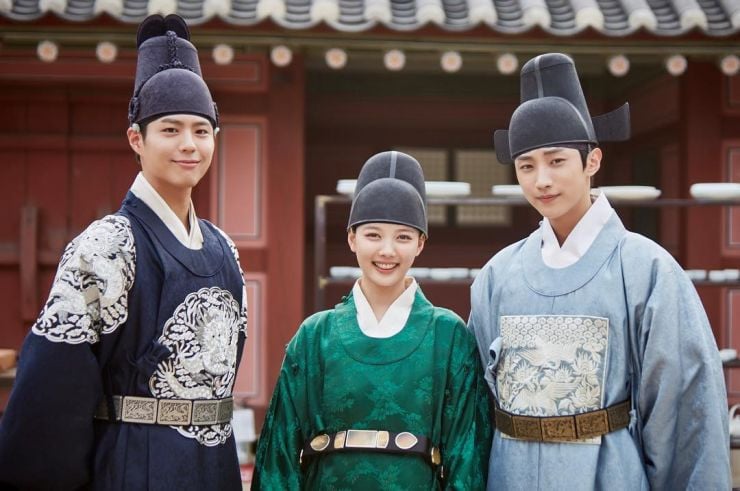
Any fan of historical K-Dramas is sure to have noticed the traditional “Joseon” era attire for all people belonging to that age. Among the characteristic features of this attire is the Korean ‘gat’ or hat. The ‘gat’ can be classified based on the material used for its production and can also be distinguished as per the purpose that it served. On the other hand, the different types of ‘gat’ also acted as markers of class in Korean society. The Netflix original mega-hit ‘Kingdom’ popularised the idea of the ‘gat’ among a wider audience, generating increased interest in Korean traditional wear. However, the ‘gat’ has been an unchanging detail included in all Korean historical dramas, without fail. Koreans pride themselves on their traditional attire owing to their impeccable sense of style and craftsmanship displayed through these various ‘gat.’
The 'Heuklip'
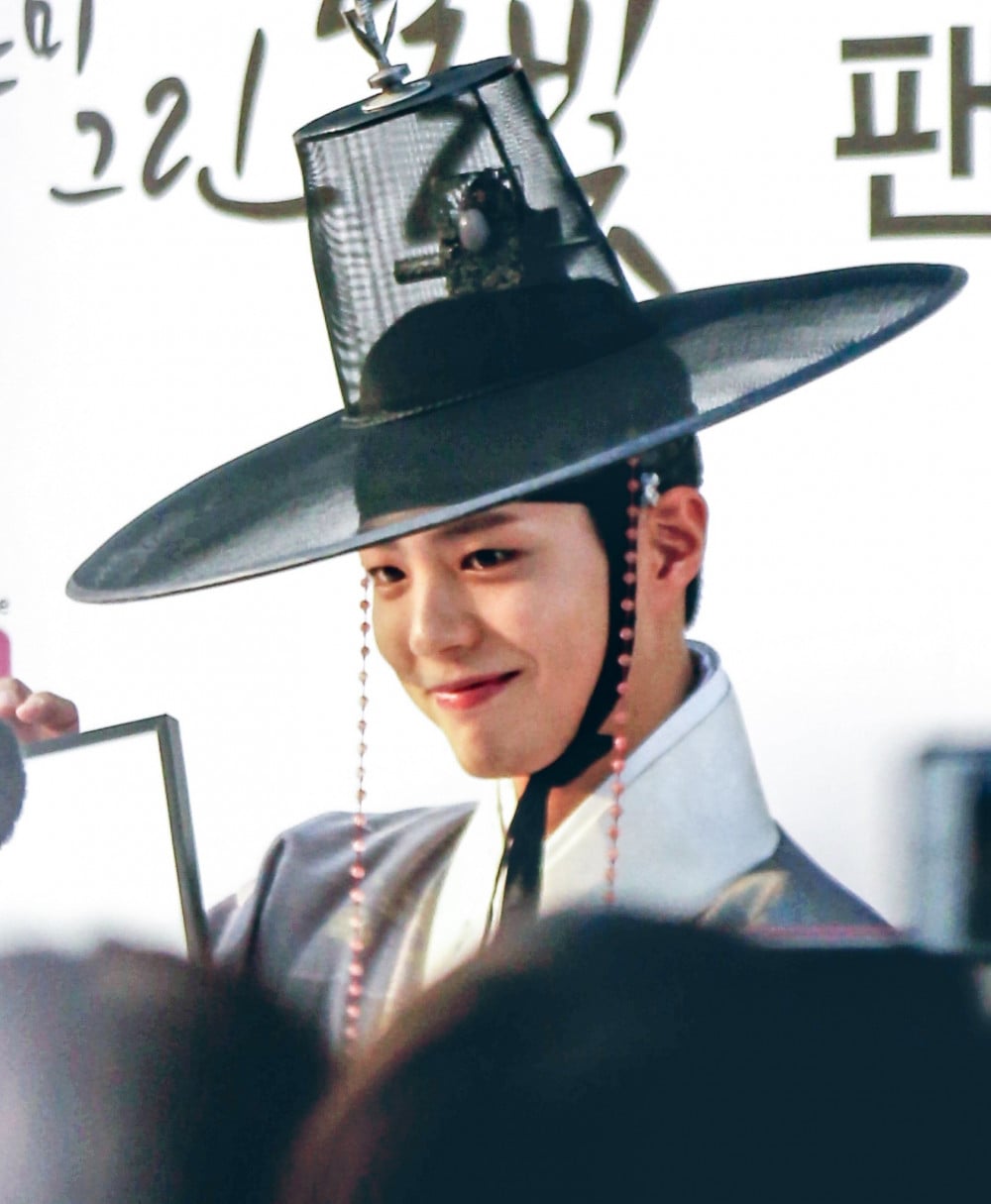
Reserved for noblemen and scholars, the ‘heuklip’ is often decorated with jade stones and is also worn by active and former civil-military officials as part of their military costume. The ‘heuklip’ is especially meant for outdoor activities and interactions and must be worn when there is, perhaps, a visitor.
The ‘Samo’
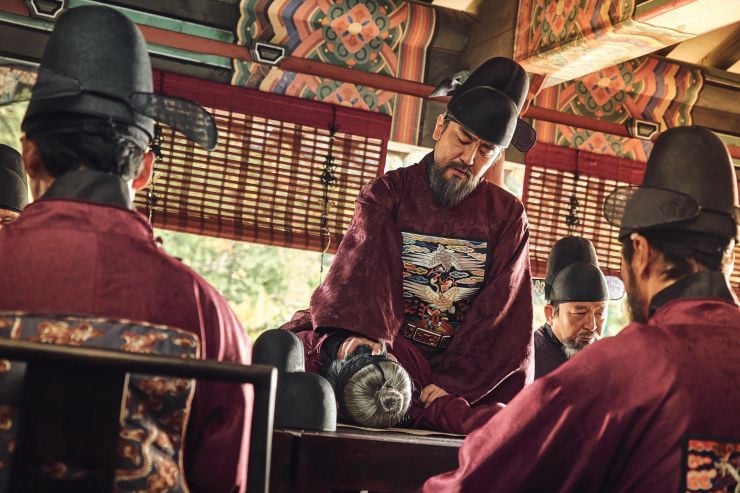
The ‘samo’ is also part of the official uniform and worn by bureaucrats and government officials as well as common men on their wedding day. Men who have never been married before wear the ‘‘samo’’ with two wings, and in case of remarriages, one of the wings is removed. The name ‘same’ refers to a hat made of thin silk. The surface of the ‘‘samo’’ is made with horsehair and bamboo with thin silk applied around it. The rear part of the ‘samo’ is higher than the front part, and two wings are attached to the rear part. There are two variants of the ‘‘samo’’ – black and white. The black ‘‘samo’’ is worn by officials, and the white ‘‘samo’’ is donned for national mourning.
The ‘Jeongjagwan’
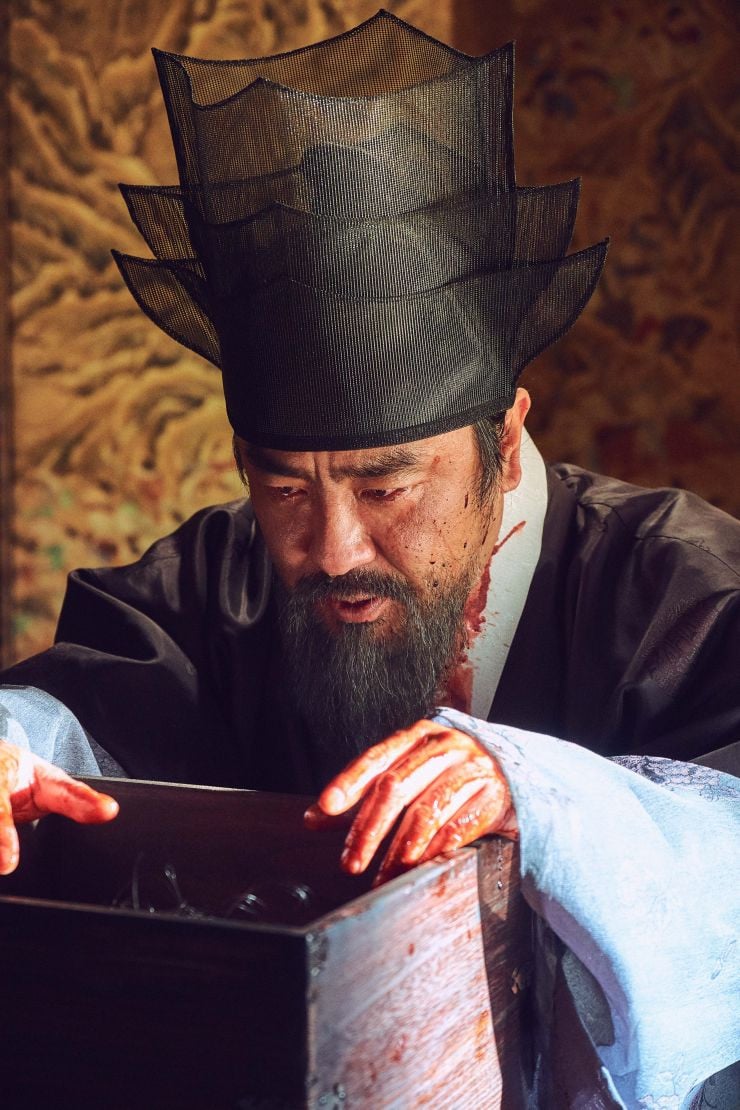
The ‘jeongjagwan’ appears on the 5000 Won note and represents high class and status. The higher one’s class is, the more layers they get on their hat. The ‘jeongjagwan’ is the indoor version of the ‘heuklip’ and is worn by scholars and noblemen when they attend to business indoors.
The ‘Joolip’
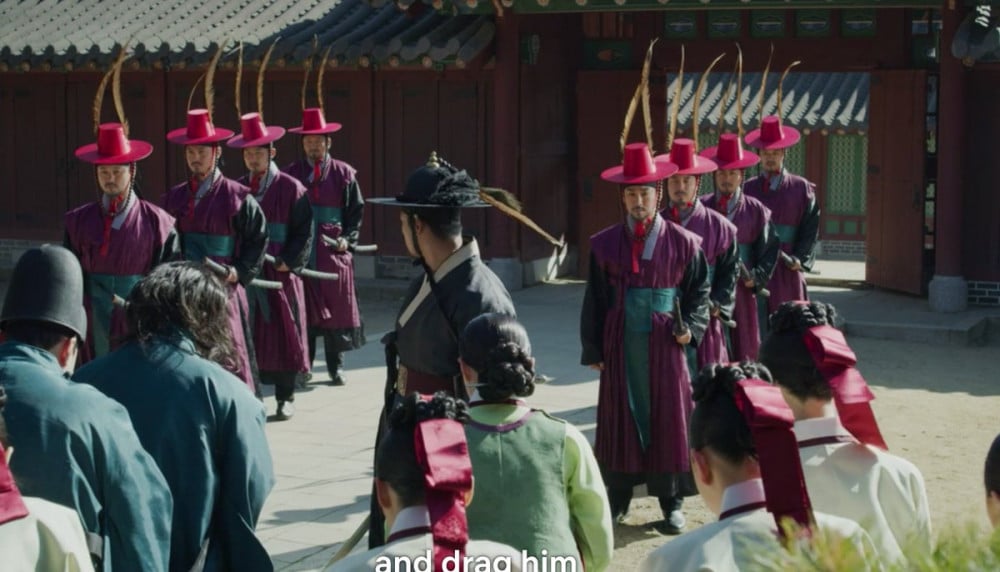
The ‘joolip’ is also part of the military uniform, and soldiers must wear it to perform their duties. It is almost the same as the 'heuklip' but is often decorated with pheasant feathers on two sides. It can also be painted with red lacquer in some cases.
The ‘Paeraengyi’
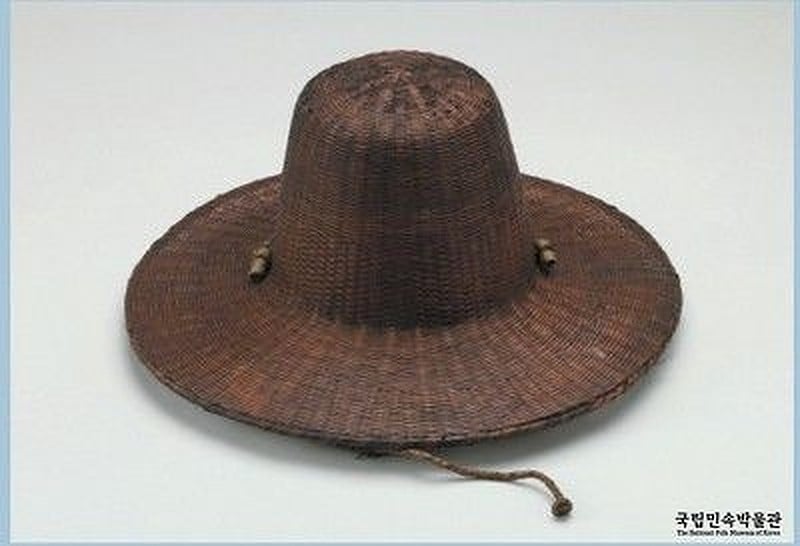
This hat was worn by lower-class men and denoted their social class and status. Men wearing the ‘paeraengyi’ were automatically inferior to those wearing the black ‘gat’ and were obliged to bow to them.
The ‘Cholip’
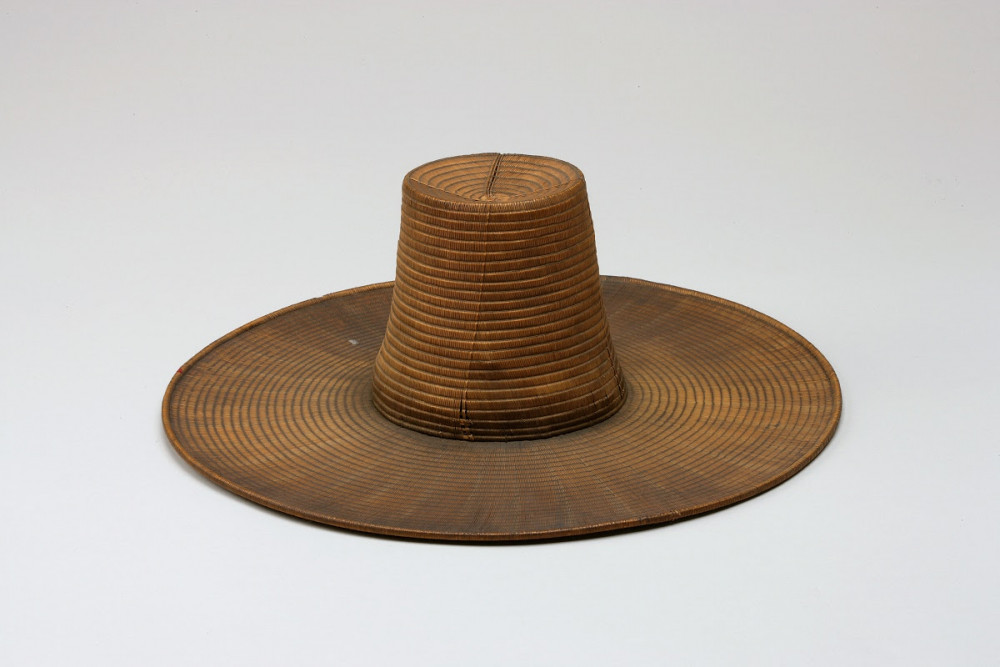
The ‘cholip’ was worn by young men who hadn’t yet celebrated a ‘coming-of-age’ ceremony. It is usually made only by straw or bamboo strips and is rimmed and is meant for Confucian scholars and commoners.
The ‘Jeol-lip’
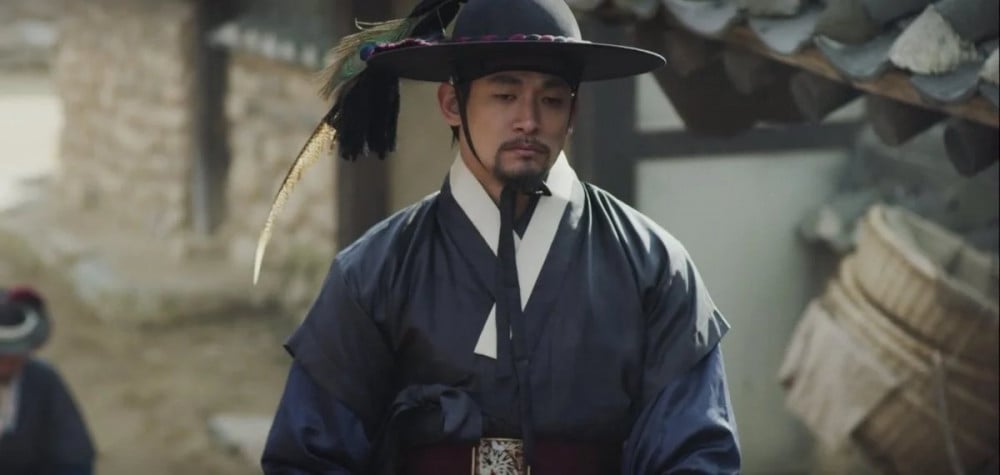
The ‘jeol-lip’ is the soldier’s felt hat worn by military officers. This hat began to be worn in Korea's northwestern region and spread nationwide after the Imjin Waeran (1592–1598), and the Second Manchu invasion of Korea (1636) occurred. Junior officers’ ‘jeol-lip’ is adorned with pig hair, and senior officials have peacock feathers. The ‘jeol-lip’ is important for military activities because it is impenetrable by arrows and acts as protection.
The ‘Ikseongwan’
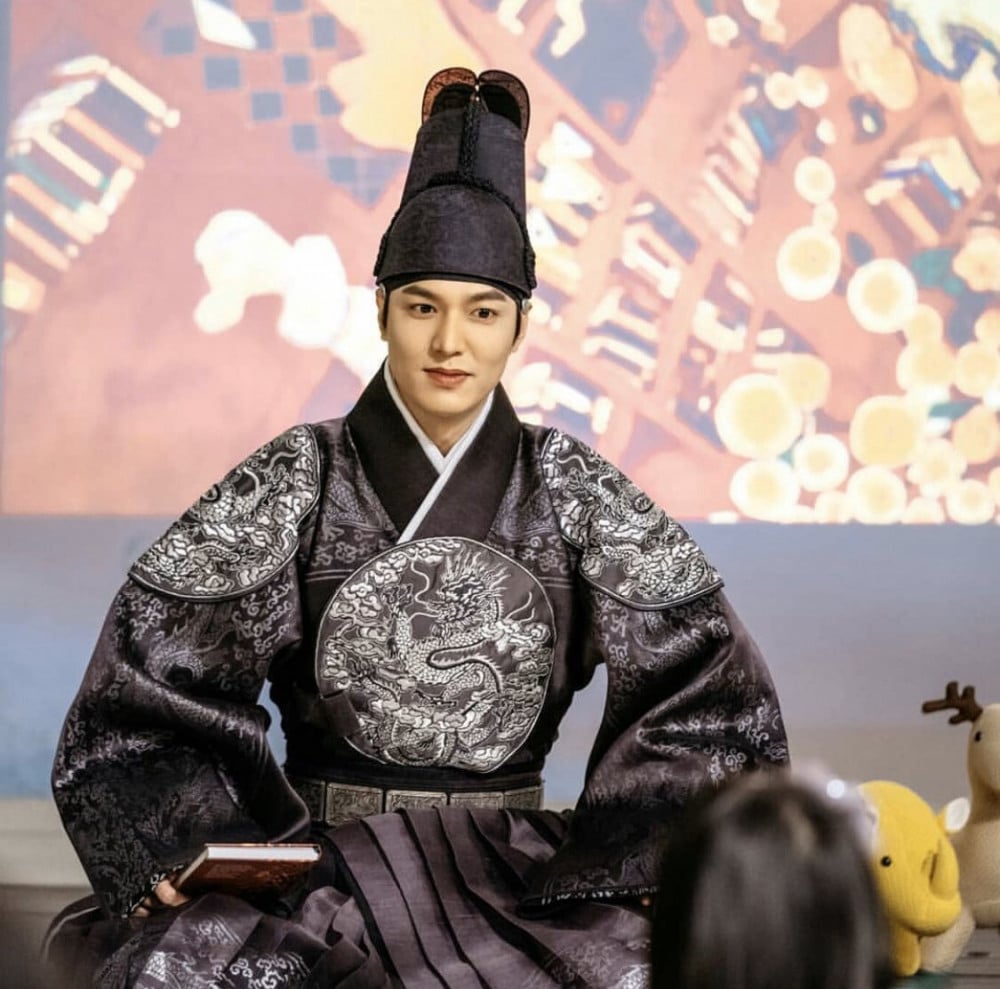
The ‘ikseongwan’ is worn specifically by the King and the Crown Prince as they perform their official duties and represent the crown itself. The crown was usually made with purple silk gauze, but there was a black variant as well, made for mourning purposes. The wings on the silk hat worn by court officials as part of their official attire point toward the earth while the wings on the royal crown point skyward, distinguishing the king and his retainers. The system concerning the ‘ikseongwan’ did not change until the very end of the Joseon Dynasty, so the hat was still used as it was even after the accession of Gojong as emperor.
The ‘Crown’
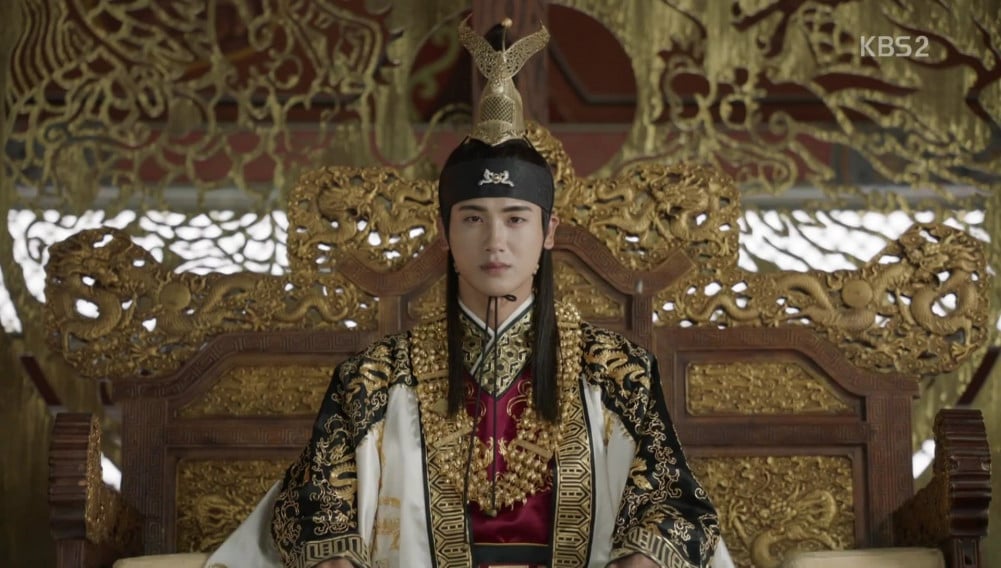
The King, of course, had a separate crown that was meant for weddings, ceremonies, and other such special events. The crown underwent several design changes, but the fact of it being decorated with gold and jade remained constant. The Gold Crown from Geumgwanchong is the largest golden crown discovered.

 SHARE
SHARE
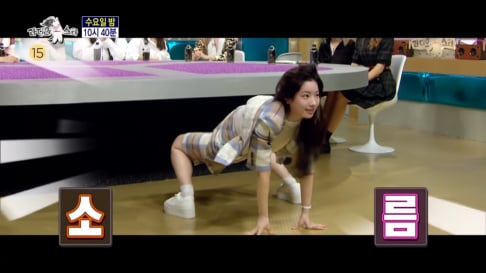
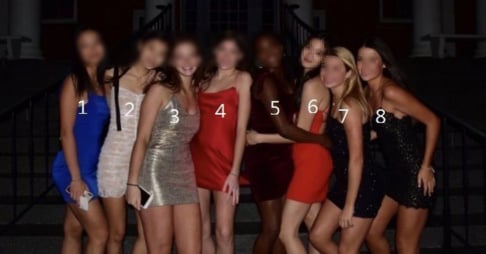
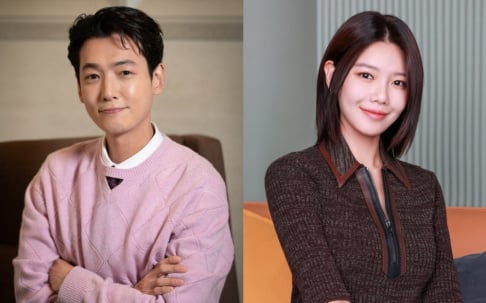


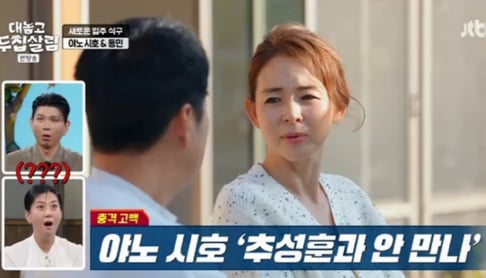
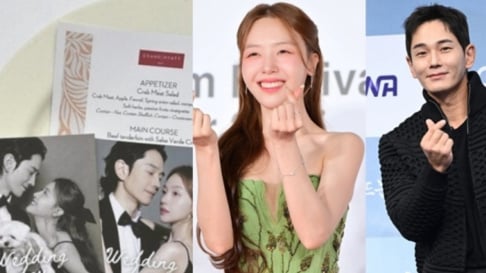

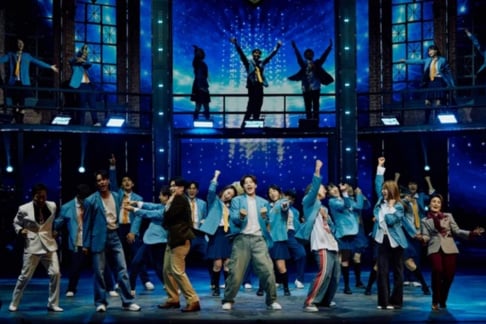
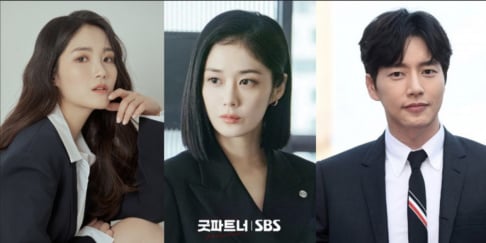
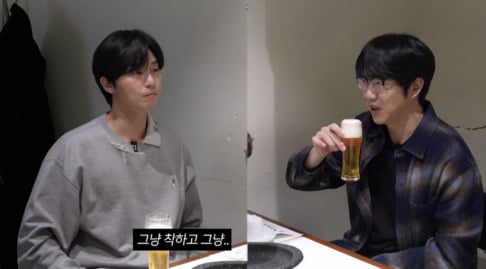
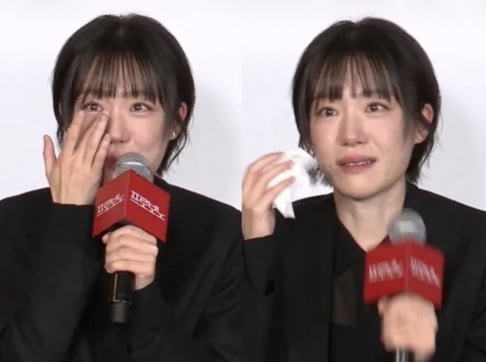
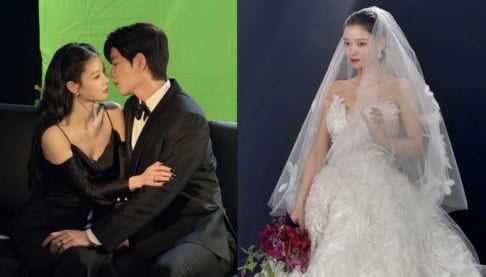

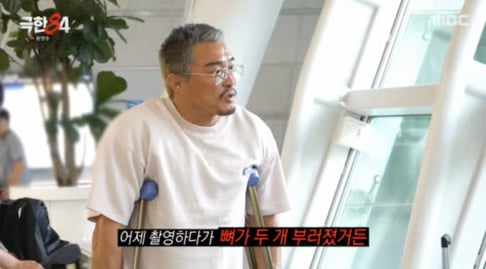
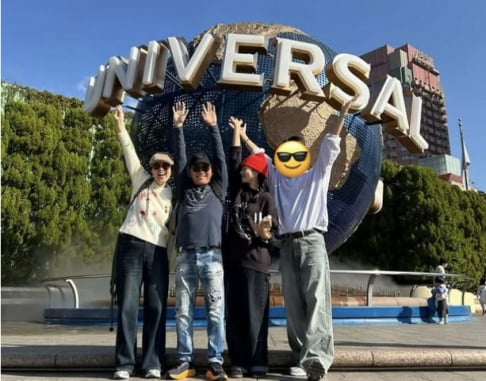
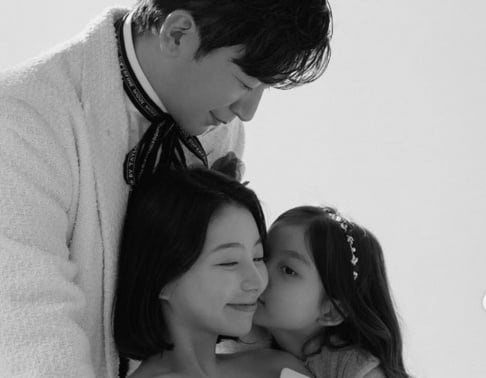
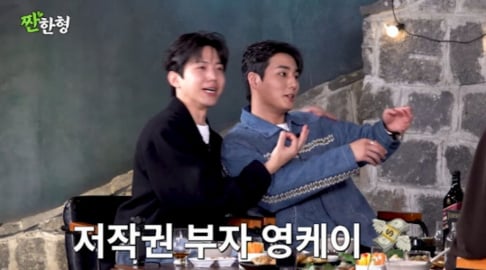
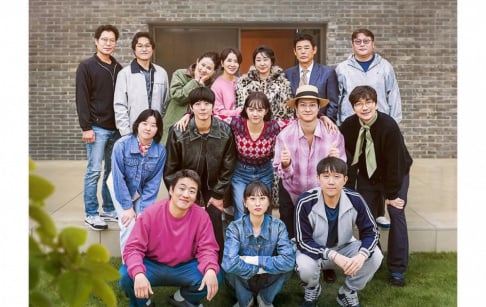
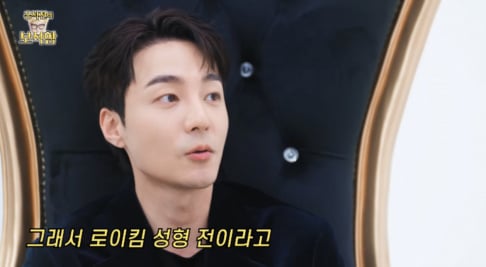
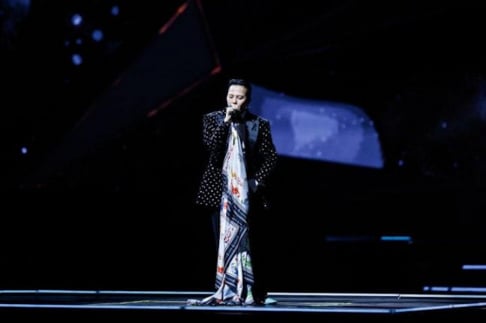

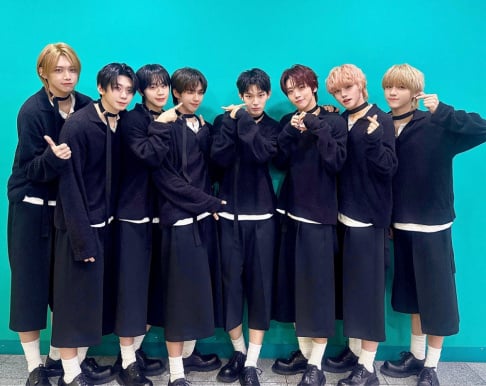
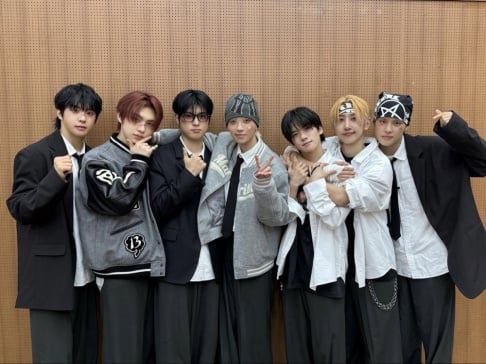
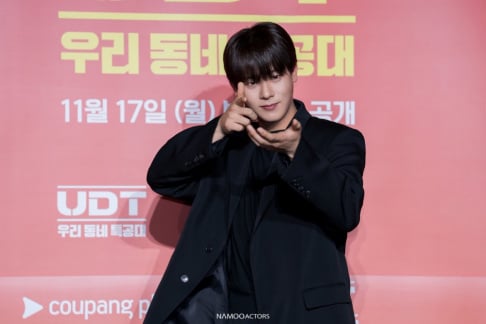
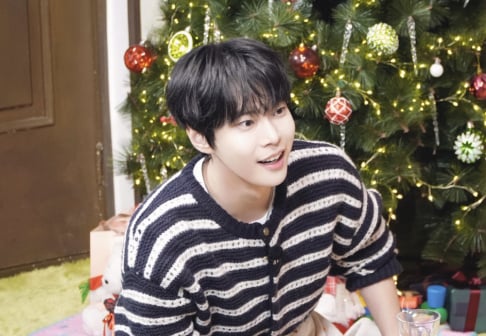
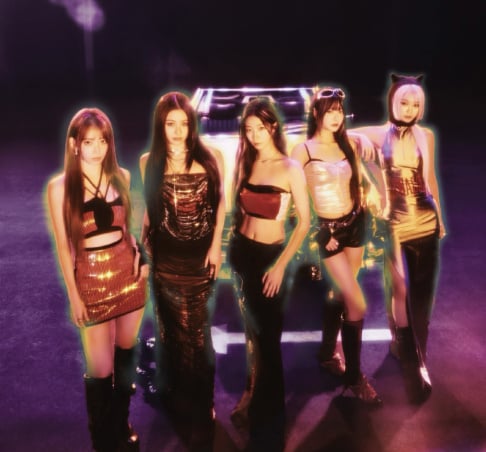
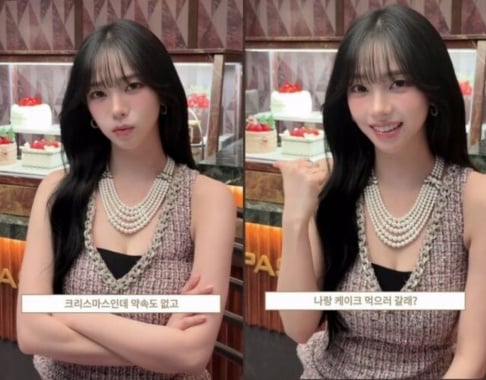
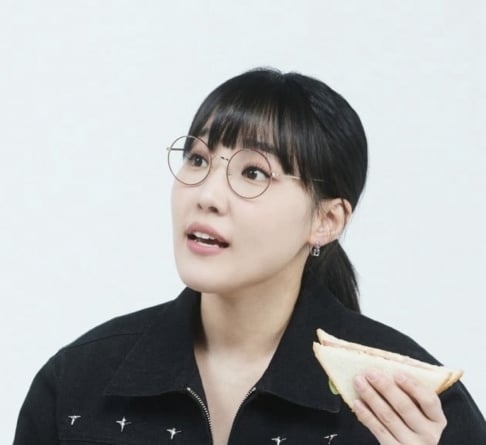
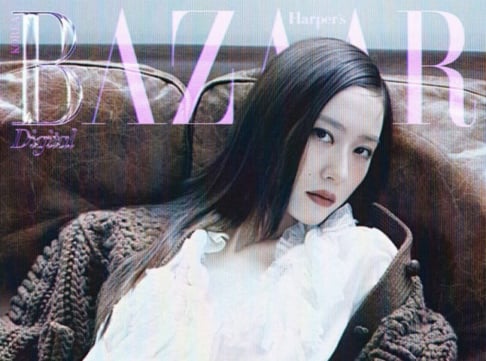
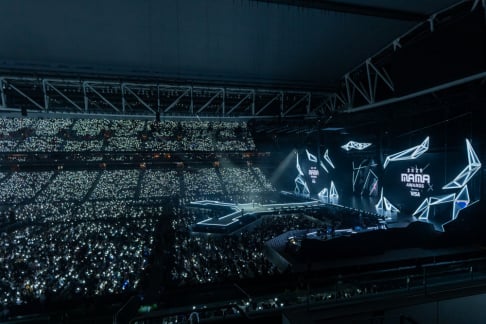
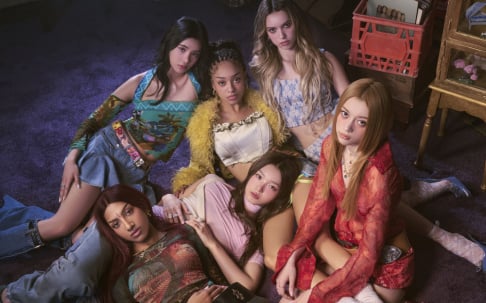
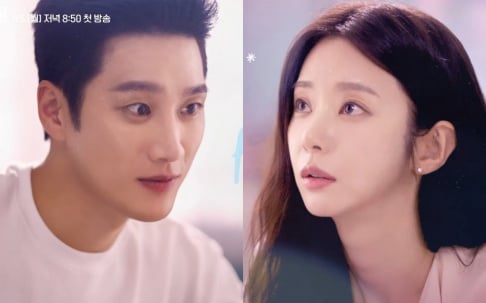
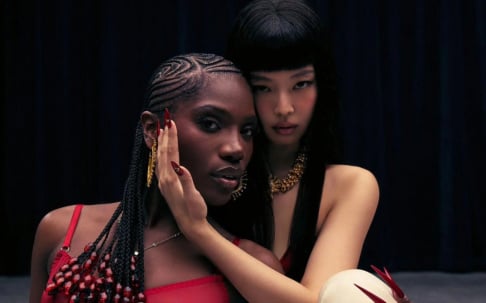
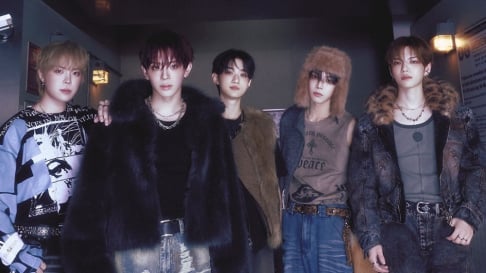
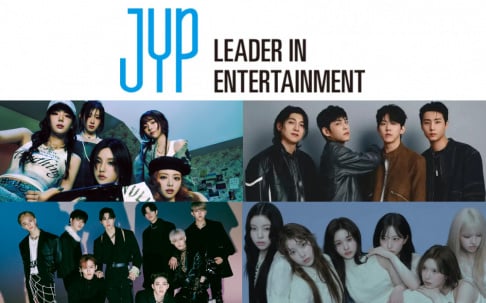
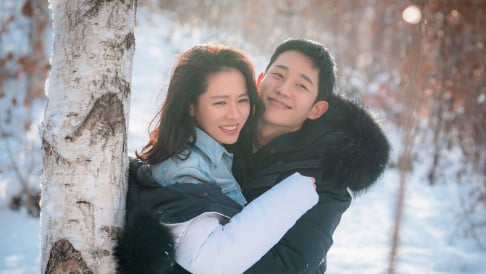
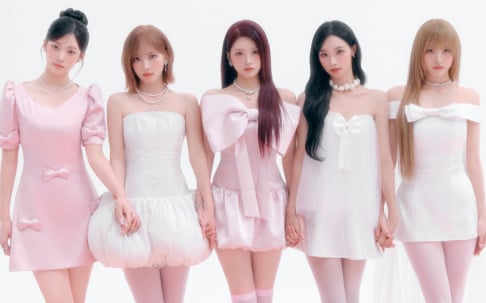
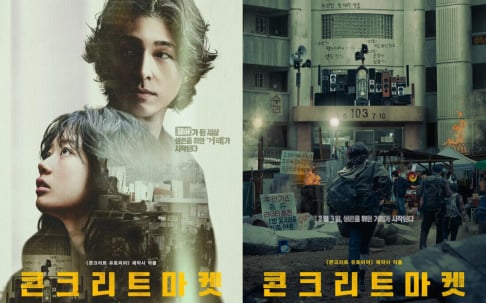

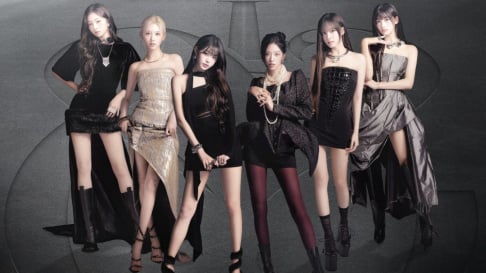
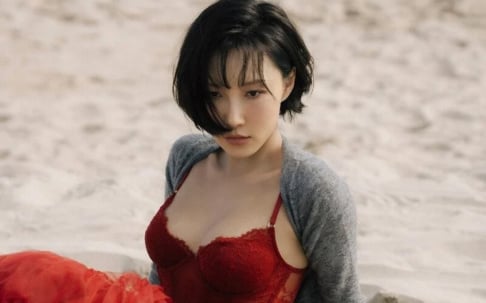
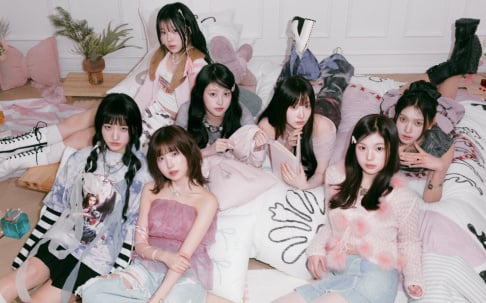
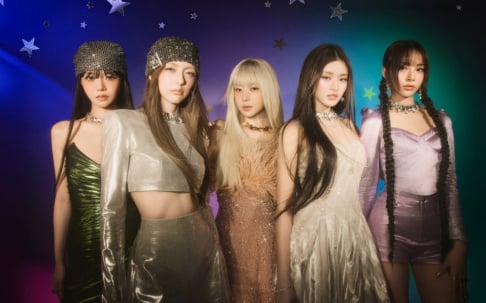

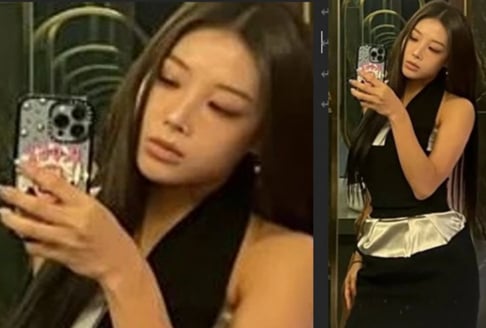
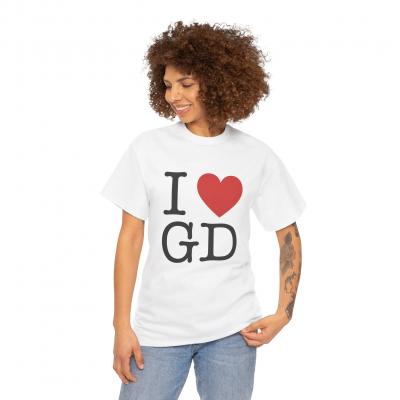
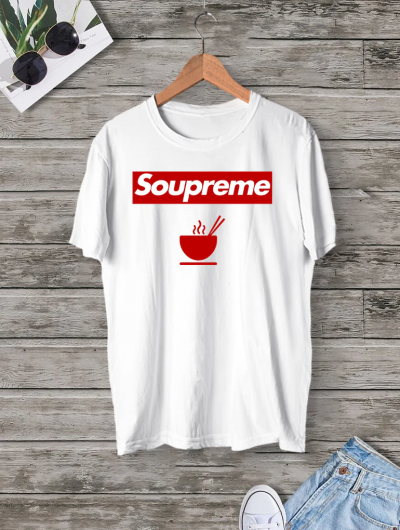
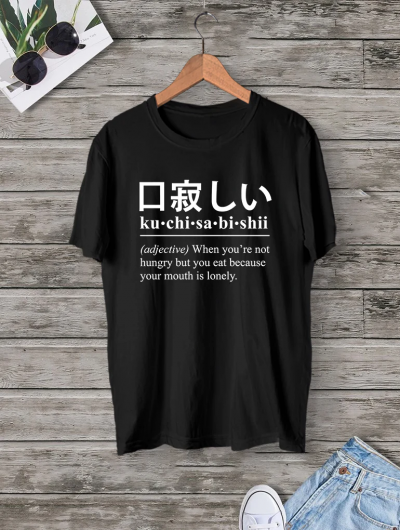
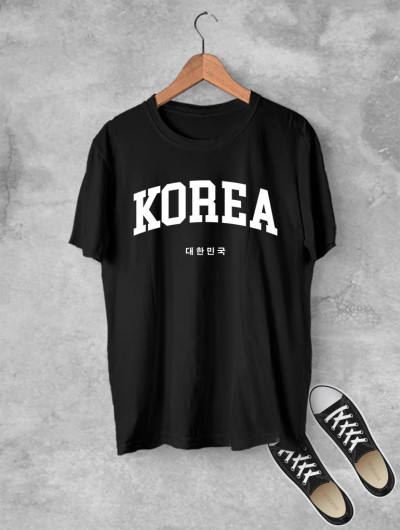
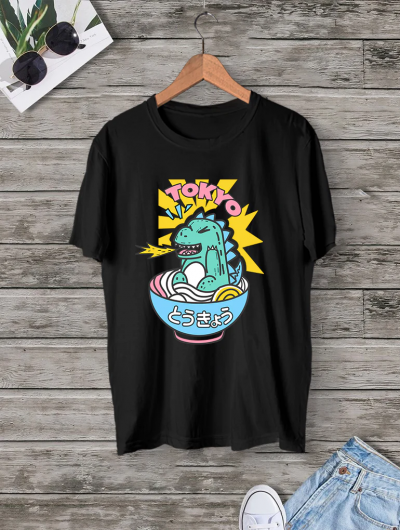
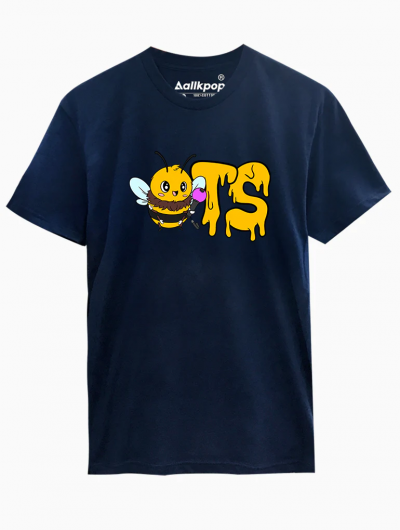
2 more replies